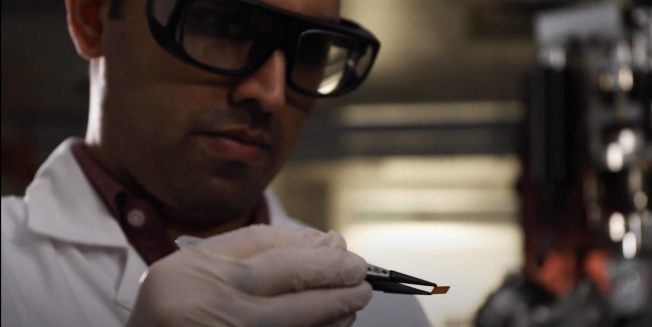Robust resistive memory devices using solution-processable metal-coordinated azo aromatics
Nature Materials Springer Nature 16:12 (2017) 1216-1224
Pressure dependence of resistivity and magnetoresistance in Pr-doped La0.7Ca0.3MnO3
Journal of Applied Physics AIP Publishing 113:17 (2013) 17d721
Ab initio study of the effects of pressure and strain on electron–phonon coupling in IV and III–V semiconductors
physica status solidi (b) Wiley 250:4 (2013) 716-720



